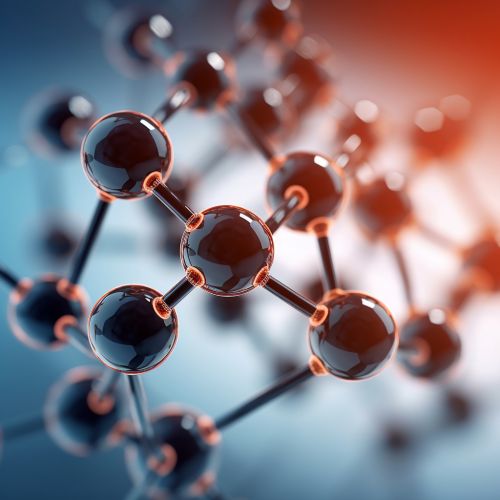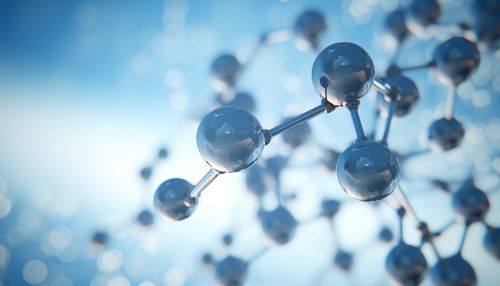Carbon Dioxide
Introduction
Carbon dioxide (CO2) is a colorless, odorless gas that is vital to life on Earth. It is composed of two oxygen atoms covalently bonded to a single carbon atom. Carbon dioxide is a significant component of the carbon cycle, a biogeochemical cycle in which carbon is exchanged between the Earth's oceans, soil, rocks and the biosphere.
Physical Properties
Carbon dioxide is a linear compound, with a molecular geometry that is highly symmetric. This symmetry causes the dipole moment of the molecule to be zero, making CO2 a non-polar molecule. It is an asphyxiant and an acid gas, and it can exist in all three states of matter – solid, liquid, and gas – under natural conditions on Earth.
Chemical Properties
Carbon dioxide is a weak electrophile. Its reactivity is largely due to the electropositive nature of carbon, which allows it to act as an electron acceptor. In aqueous solutions, carbon dioxide exists in equilibrium with carbonic acid (H2CO3), a weak acid.
Production and Uses
Carbon dioxide is produced both naturally and through human activities. It is emitted naturally through volcanic outgassing, the decomposition of organic matter, and the respiration processes of living aerobic organisms. Human activities, such as the burning of fossil fuels and deforestation, also significantly contribute to CO2 production.
Carbon dioxide has numerous applications. It is used in the food industry for carbonation of beverages, in fire extinguishers as an extinguishing agent, and in the oil industry for enhanced oil recovery. It is also used in medicine for respiratory stimulation during and after anesthesia.
Carbon Dioxide in the Atmosphere
Carbon dioxide plays a crucial role in Earth's atmosphere. It is a key component of the carbon cycle and is essential for plant life through the process of photosynthesis. However, increased levels of atmospheric CO2 due to human activities have been linked to global warming and climate change.
Health Effects
Exposure to high concentrations of carbon dioxide can have harmful health effects. In low concentrations, it can cause shortness of breath, headaches, and dizziness. In high concentrations, it can lead to unconsciousness or death due to asphyxiation.
Environmental Impact
The increase in atmospheric CO2 levels due to human activities is a major contributor to global warming and climate change. Carbon dioxide is a greenhouse gas, which means it traps heat in the atmosphere, leading to a rise in Earth's average temperature.
See Also


